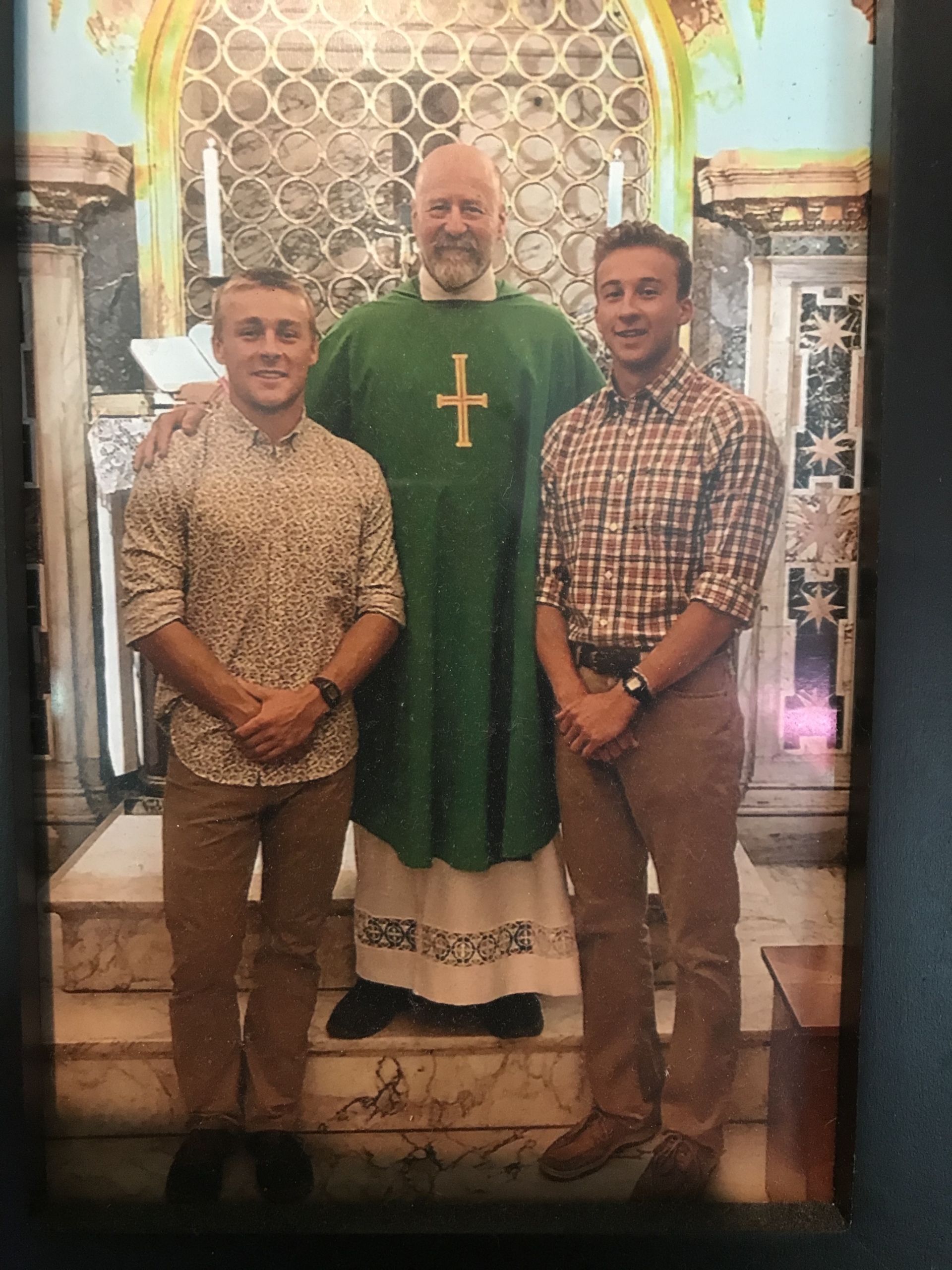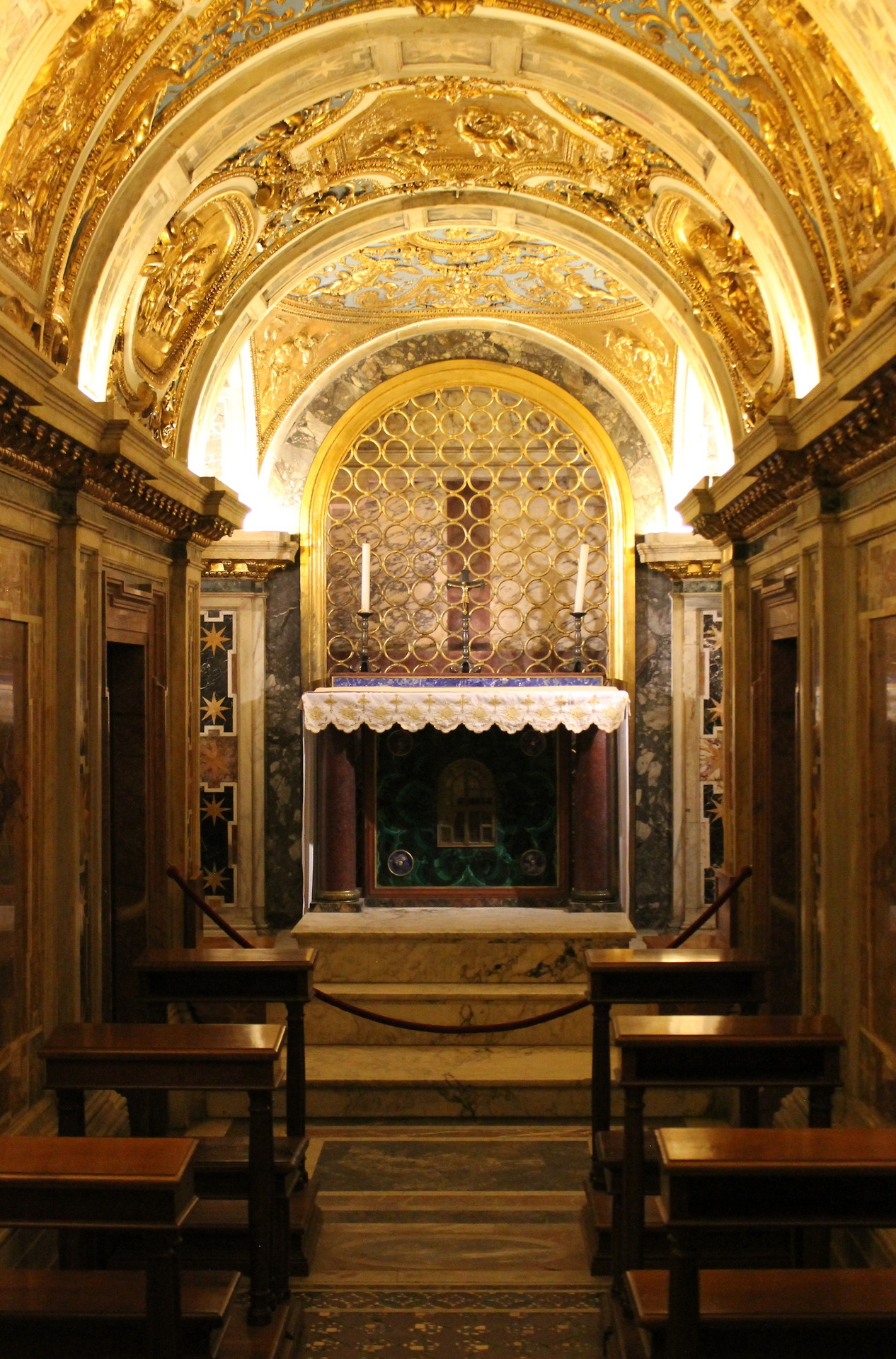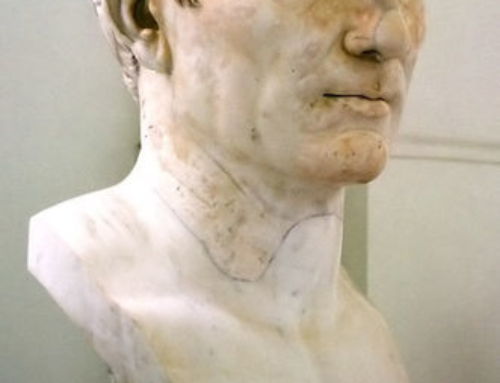
Last summer about this time I had the great privilege to celebrate Mass in the Clementine Chapel at St Peter’s Basilica with two of our sons. Elias had been in Spain on a study abroad trip and Theo joined us in Rome for an Italian vacation.
The Clementine Chapel was built by Pope Clement VIII in the sixteenth century at the back of the memorial built by the Emperor Constantine in the fourth century. That memorial was constructed over the tomb of the apostle Peter.
The discovery of the tomb of St Peter within our lifetimes is one of the most astounding stories of the twentieth century. John O’Neill’s book, The Fisherman’s Tomb is a cracking good read right from the start. Other books have been published about the search for the bones of St Peter, but O’Neill’s book tops them all. John Evangelist Walsh told the story first with The Bones of St Peter and more recently. Thomas J. Craughwell came out with St Peter’s Bones. I have read Craughwell and remember skimming Walsh some years ago, but O’Neill weaves in some extra information I don’t remember in either of the other two studies.
The story of the discovery of the bones of St Peter begins with Pope Pius XII initiating a secret archeological dig beneath St Peter’s basilica in 1941. O’Neill has unearthed the story of how Pius XII sent an emissary to meet with the devout Catholic Texas oil billionaire, George Strake. He tells Strake’s own extraordinary rags to riches story and as the second world war unfolds, the characters involved in the quest–two amazing American priests–Monsignor Walter Carroll and Monsignor McGough–end up being involved in rescuing Jews from Nazis and running a spy network to support the Allies in their advance on Italy.
In the midst of the intrigue and drama of the war, beneath the surface of St Peter’s the digging continued. The discovery of a second century necropolis and the confusing jumble of artifacts, architecture and bones combines with power struggles, egomaniac priests and a terrier like Italian woman archeologist of astounding genius.
The short version is that the bones they found in a niche in a wall under the great high altar of the basilica were those of a man in his mid sixties with a rugged build. The skeleton was missing the feet (as would be consistent with being crucified upside down–the executioners just cut the feet off rather than remove the nails) The bones had been wrapped in a cloth of purple and gold which forensics placed in Rome during the imperial period, suggesting that the bones of Peter had been later wrapped in this expensive cloth as a sign of honor. Furthermore, the bones still had traces of earth on them identical to the earth beneath the original tomb a short distance away from the wall and niche.
The story is spellbinding and the book is a genuine page-turner. O’Neill met my three point test and more. Furthermore, his book highlights the amazing discoveries we are able to make in the modern age. Many forget that scientific archeology is a comparatively modern discipline, and certainly the forensic and scientific tools now used mean we know more about the time of Christ and the first centuries of the church than ever before. The dig beneath St Peter’s has not only convincingly discovered the bones of St Peter, but the discoveries at St Paul’s outside the walls also confirm the ancient traditions that it marks the site of the apostle Paul’s martyrdom and burial.
Books like Robert Hutchinson’s Searching for Jesus chronicle similarly astounding discoveries in the Holy Land which support the veracity of the gospel account. One of the reasons I am excited by books like O’Neill’s and Hutchinson’s is because of the great irony involved. It is the scientific age which has supposedly disproved religion, but only with the modern scientific discoveries have we been able to learn more about the Shroud of Turin, identify the bones of St Peter and unlock further mysteries that were buried in the sands of the Holy Land. This is one of the reasons for my own study of the historical basis for the three wise men. In The Mystery of the Magi I didn’t do archeological work, but I went digging into the historical background of who the wise men might have been, where they came from and why.
History is important because our faith is rooted in fact. Modern gnostics both in the New Age religions and in modern Biblical scholarship wish to deny or denigrate the historical facts of the faith, but the gospels are rooted in history and the New Testament is about real people in a real place at a real time who were transformed by the power of the god-man Jesus Christ. Books like O’Neill’s The Tomb of the Fisherman help to remind us of the veracity of the gospels and therefore the life changing truth of the gospel
O’Neill’s book is accessible, absorbing and a true page turner.
Highly recommended.







Leave A Comment
You must be logged in to post a comment.